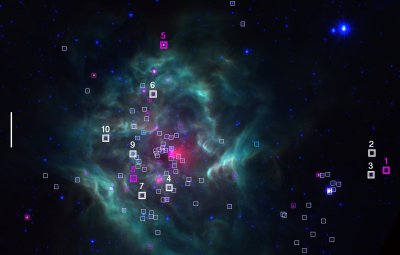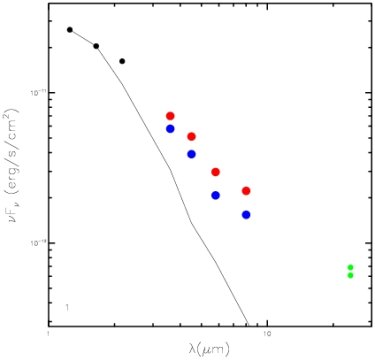 |
I am studying low-mass star formation in the molecular clouds and cores of the Milky Way using data from the Cores-to-Disks (c2d) and Gould's Belt (GB) Spitzer Legacy Projects. The goal is to characterize the mid-infrared variability of Young Stellar Objects (YSOs) over a range of timescales and formation environments. The search for variability among the youngest objects in the mid-infrared will provide information about accretion mechanisms in embedded systems. |
|
IC 5146
|

|

|
Variable YSO Example
|
Back to the LMA page

